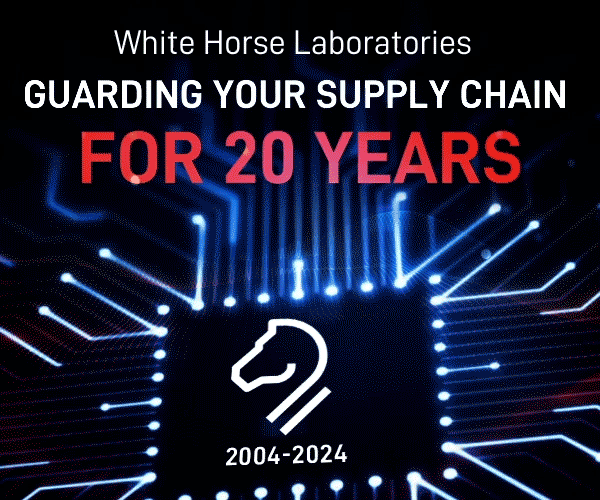Gartner Survey Shows Macroeconomic Downturn as Top Emerging Risk Concerning Executives for Second Consecutive Quarter
Material Shortages and Energy Price Inflation Complete the Top 3 Risks in the Gartner 3Q22 Quarterly Emerging Risks Report
The risk of an economic downturn has been highlighted by executives for three consecutive quarters after being first identified as a top five emerging risk in 1Q22. The interconnected nature of the macroeconomic risk landscape, a trend Gartner has been tracking since the start of the year, has become increasingly manifest in events such as the European energy crisis, with the prospect of energy rationing, ongoing inflationary pressures and a shortage of industrial inputs. Specific concerns around key material shortages and energy price inflation have remained persistent throughout the year (See Figure 1).
Figure 1. Top Five Emerging Risks 3Q22
| 1. | Macroeconomic Downturn |
| 2. | Key Material Shortages |
| 3. | Energy Price Inflation |
| 4. | Critical Infrastructure Failure |
| 5. | Escalation of Conflict in Europe |
N = 333
(Source: Gartner, October 2022)
Organizations in Europe are particularly vulnerable as they face energy rationing and the potential for ongoing industrial disruptions that could further limit inputs of key materials. These shortages may have the effect of prolonging and exacerbating broader inflationary forces impacting both Europe and the rest of the world.
Energy price inflation remains top of mind among executives as the Russian invasion of Ukraine appears increasingly intractable and threatens to disrupt key energy infrastructure and markets long-term. A lack of natural gas may hamper industrial output and continue to result in higher levels of inflation that threaten the broader economic outlook as organizations ability to pass through these higher costs is increasingly diminished.
While Enterprise Risk Management leaders and other executives throughout the enterprise must work to mitigate the downside risks in the near-term, Matlock encourages executives to also be proactive in identifying opportunities during this tumultuous period. The energy transition, including the ability to adapt supply chains to potential rationing, and identify alternatives faster than competitors is highlighted as the top “emerging risk as opportunity” in the 3Q22 report.
“Executives’ responses to managing economic disruption is more important than the slowdown itself in many ways and facilitating a more complete understanding of these interrelated risks allows for taking the needed strategic bets at scale,” said Matlock.
Critical Infrastructure Failures Top of Mind
While many of the top five emerging risks have remained persistent throughout the year, “critical infrastructure failure” represents a new area of heightened concern for survey respondents. While much of this risk is driven by the ongoing conflict in Europe, including fears about attacks on physical infrastructure and state-sponsored cyberattacks, concern around infrastructure vulnerable to extreme weather events is also playing a role.
“Business leaders need to not only assess first order impacts from actual infrastructure failures but also second and third order impacts from vulnerable supply chains and increasing compliance obligations as a result of regulators’ concerns around this issue,” said Matlock. “This is another area where ERM can partner with executive teams to identify opportunities by shifting from a reactive to proactive stance.”
More detailed analysis is available to Gartner clients in the full report 3Q22 Emerging Risk Report. Nonclients can complete free registration to read more in Emerging Risk Trends.











